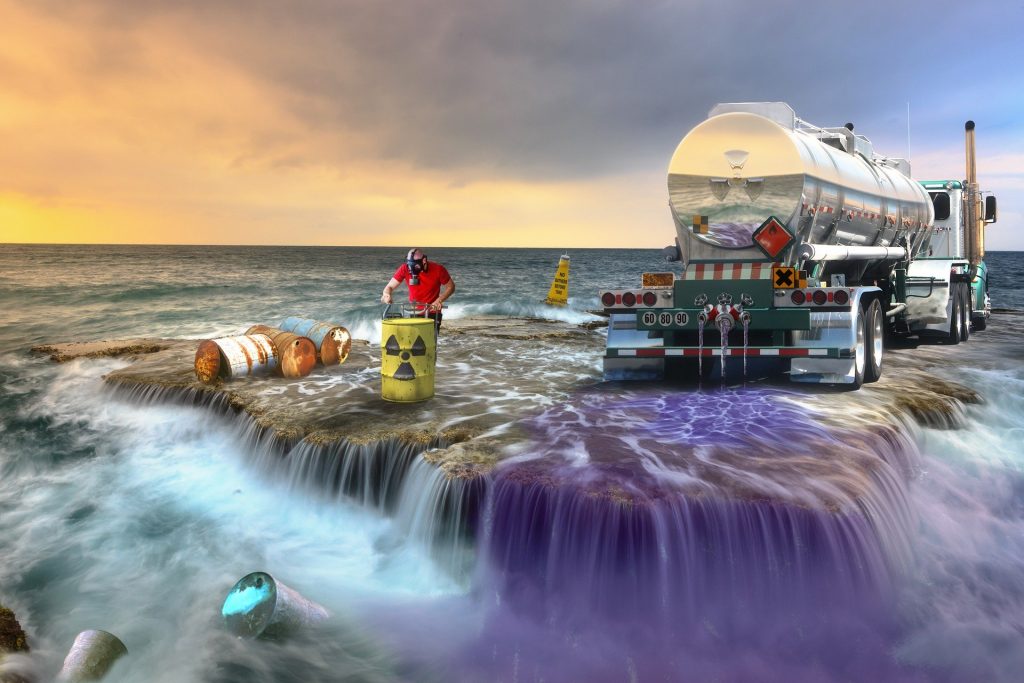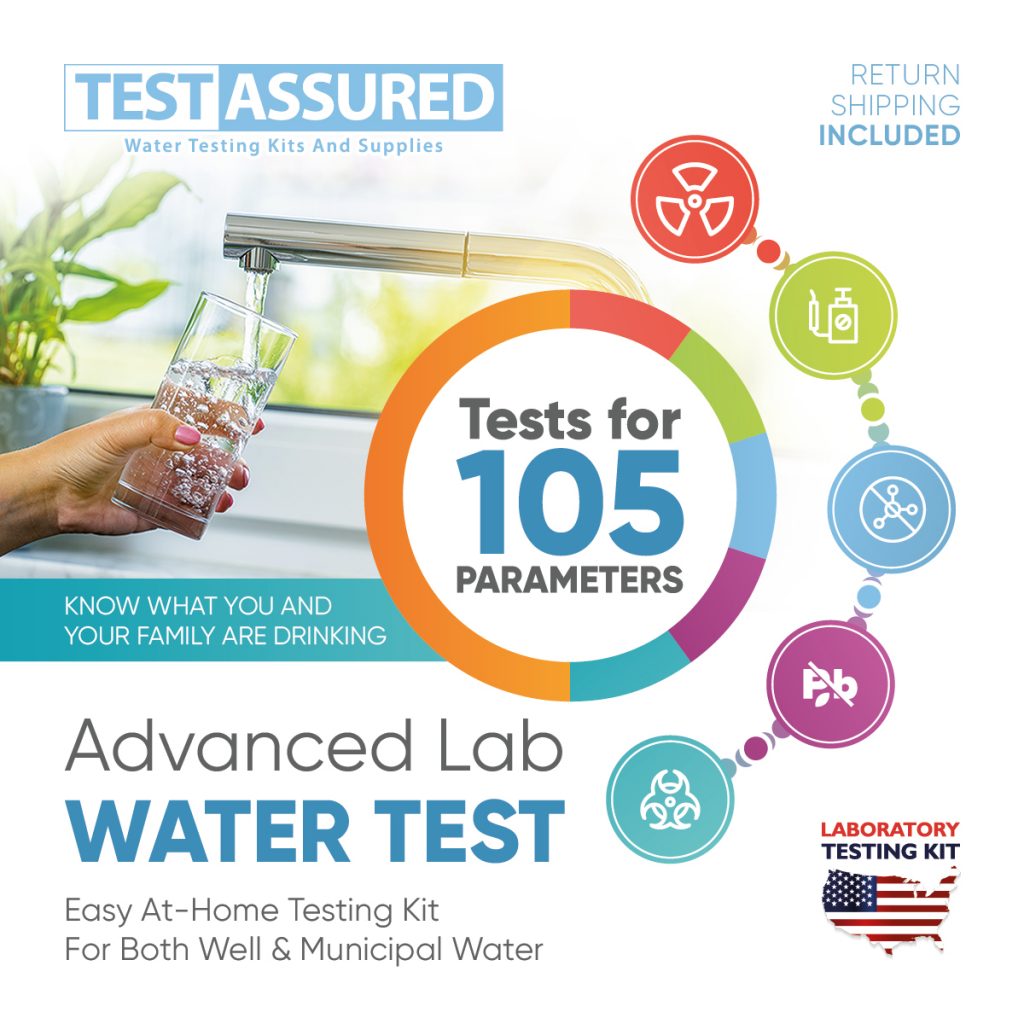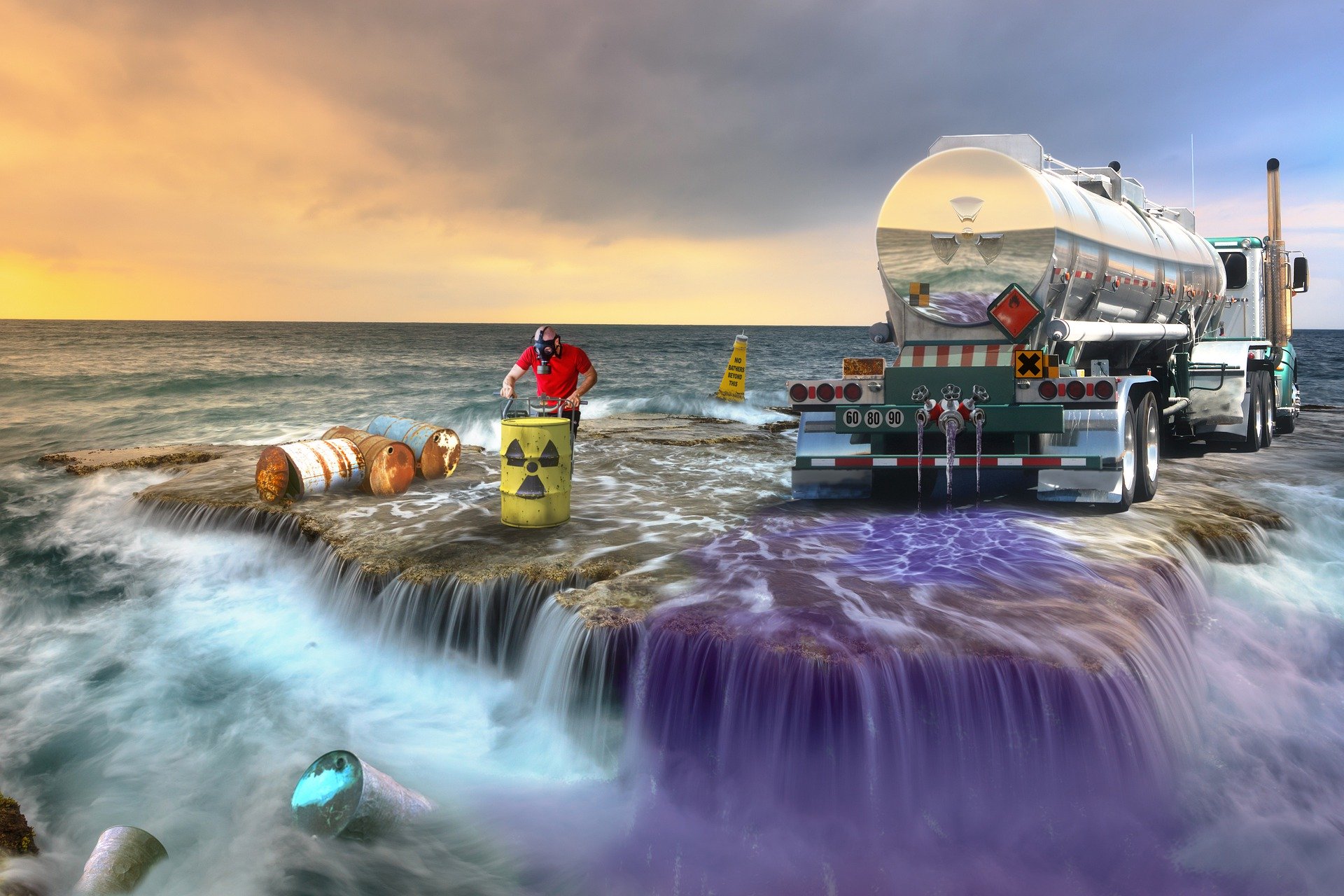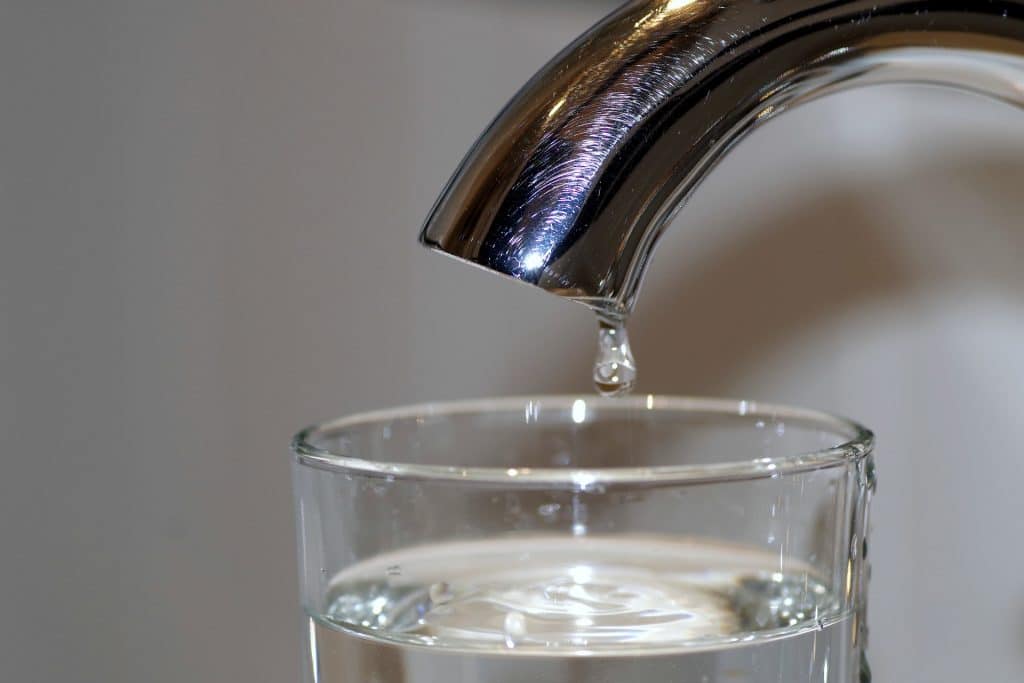 Public Water Quality
Public Water Quality
When you think of cities with the worst tap water, there is no doubt that Flint, Michigan comes to mind for most people. The publicity that came with the Flint water crisis brought to light issues for other municipal water companies. No longer can people take for granted the quality of water that is coming out of their taps.
Hidden Contaminants
One of the reasons that it is important to test your water is that many of the dangerous contaminants are hard to detect. Occasionally an off-smell or a strange color may cause you to question the quality of your water, but most contaminants are colorless, odorless, and tasteless.
Long before the Flint water crisis, the Environmental Protection Agency (EPA) had been collecting information about violations related to water quality in the U.S. The problem was that no one had ever analyzed the data until recently.
The data collected covered 17,900 community water systems and spanned a period of 34 years. It contained violations for lead levels, coliform bacteria, arsenic, nitrates, and other contaminants. Analysis of the data revealed that during the Flint water crisis of 2015, almost 21 million Americans, 6% of the population, were getting water from public sources that violated health standards.

Protecting Water Quality
In 1972, the government passed the Clean Water Act and then, in 1974, the Safe Drinking Water Act. These laws were implemented to help regulate public water systems and provide clean water. The acts give the EPA the power to set minimum standards for safe water and require public water companies to ensure that their water falls within these standards. While these laws serve to set standards for safe drinking water, recent news headlines prove that isn’t always the case.
The EPA has a weighted point system for tracking violations of its standards for contaminants and treatment. This system measures the number of violation points a public water system has per 1,000 residents served in each state. A majority of the public drinking water suppliers get a passing grade from both federal and state regulatory agencies. However, many of the regulated contaminants that are detected through standard testing are found at levels that may be legal but are above levels shown by scientific studies to pose health risks.
Worst Cities for Public Water
While rural areas are often in the news for contaminated water, major cities also struggled to enforce safe standards and upgrade aging pipes. Here are some of the cities with the worst tap water in the US, according to Business Insider.
| City, State | Water Quality Issues |
|---|---|
| Pittsburgh, PA | High levels of lead in drinking water, EPA reports that there are not enough state officials to perform mandatory inspections |
| Milwaukee, WI | High levels of lead |
| Flint, MI | High levels of lead and copper due to aging infrastructure and service pipes that need to be replaced |
| Newark, NJ | High levels of lead and high levels of haloacetic acids (HAAs) that can form during the water disinfecting process, causing skin irritation and potentially increasing cancer risk |
| Washington, DC | High lead levels particularly in older, less affluent neighborhoods |
| Brady, TX | Presence of radium, a radioactive substance that's been linked to bone cancer |
| Baltimore, MD | High lead levels and particles that can carry viruses, bacteria, or parasites |
| Dos Palos, CA | Tested positive for toxic chemicals linked to cancer and kidney problems |
| Charleston, WV | Still recovering from a massive spill of MCHM in 2014, a chemical foam that's used to wash coal |
| Newburgh, NY | Tested positive for a dangerous pollutant called perfluorooctane sulfonate (PFOS), which has been linked to cancer and chronic kidney disease |
What’s in Your Water
Even if your city didn’t make the list, there are many other cities struggling to replace aging pipes and enforce healthy water quality standards. If you want to know what’s in your water, the best thing you can do is test it regularly. Understanding and knowing which contaminants to test for is the first step to making sure your family’s drinking water is safe. TestAssured sells a variety of economic testing kits that let you test your water at home with instant results. For more precise results, you can use our mail-in laboratory test kits for a detailed analysis of exactly what is in your water.



